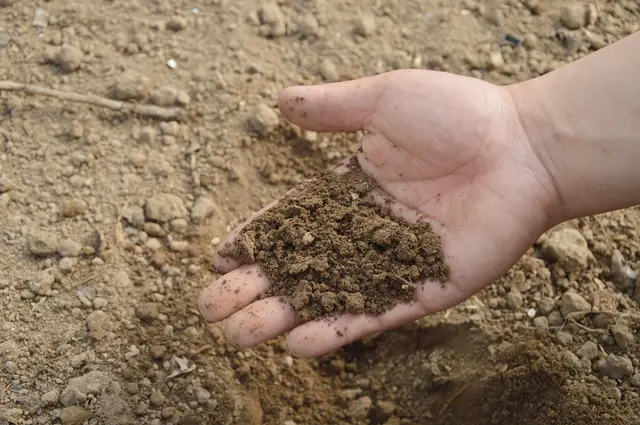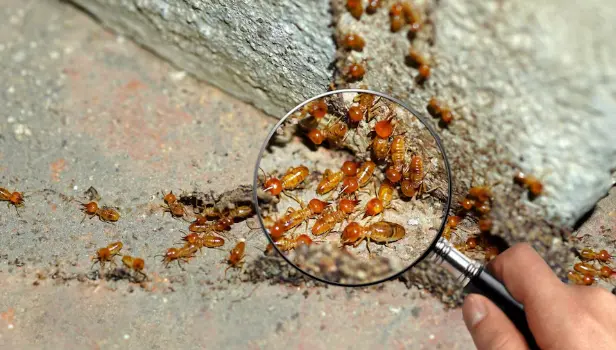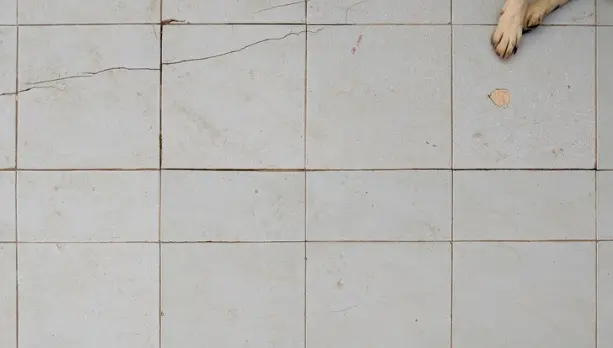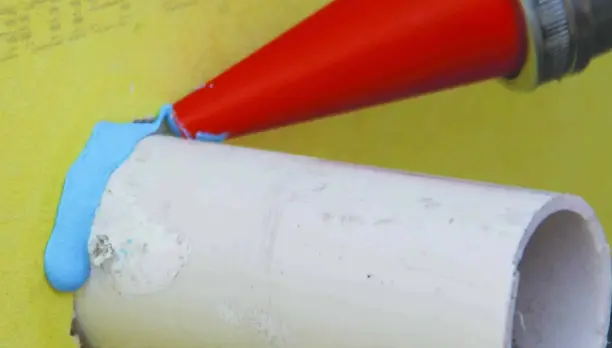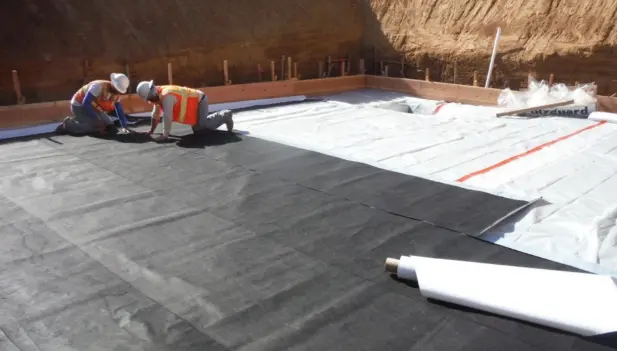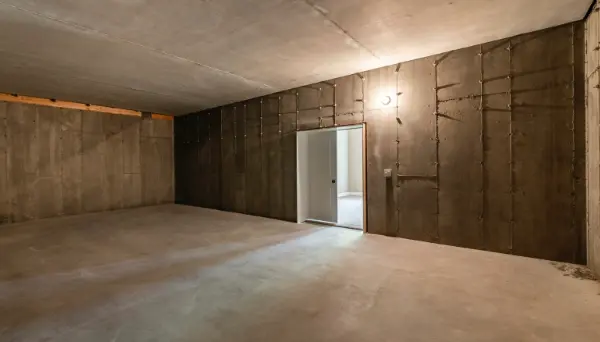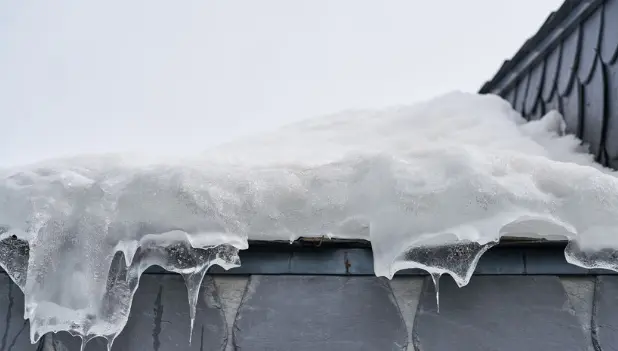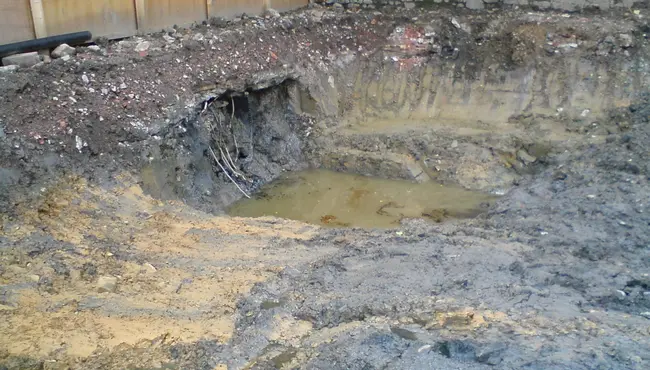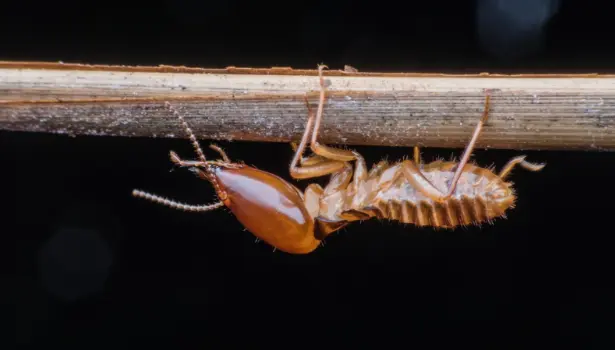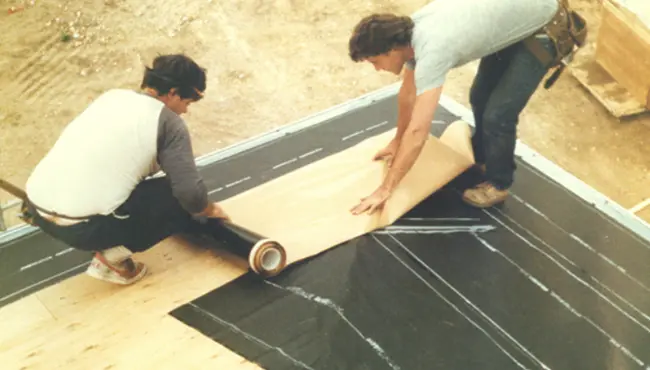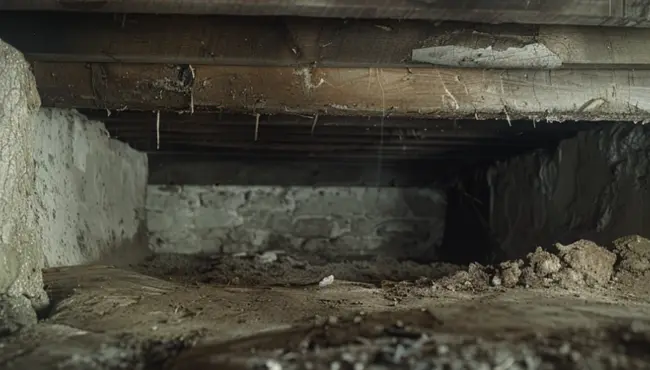Soil remediation methods provide contaminated soil solutions to restore soil to its natural, pollution-free state. Remediation of soil pollution purifies and revitalizes the soil by removing contaminants. Soil remediation can occur on-site or off-site and typically involves one or more contaminated soil treatment methods for restoring the contaminated soil: biological, chemical, and physical. Ultimately, ground remediation mitigates and manages risks from contaminated soils that could harm human health and the ecosystem.

Benefits of Environmental Remediation Methods
Contaminated soil remediation methods benefit the environment by efficiently eliminating contamination in the soil. Several benefits of soil remediation include,
- Contaminated land remediation techniques eliminate the need to send the contaminated soil to landfills, saving valuable space. Land remediation refers to resolving problems caused by contamination in soil and water.
- You can also re-use the clean and purified soil after ground remediation.
- Environmental remediation techniques remove hazardous chemicals and hydrocarbons to protect the health of the environment, people, and animals.
How Soil Becomes Polluted
Man-made chemicals (petroleum hydrocarbons, pesticides, lead, and other heavy metals) cause soil contamination (pollution), leading to land remediation. Soil contamination occurs for many reasons, for example:
- Improper disposal of waste
- Leaky underground storage tanks
- Leaching of waste from landfills
- Mining releases sulphuric acid, mercury, and arsenic
- Fertilizer application
- Oil and fuel dumping
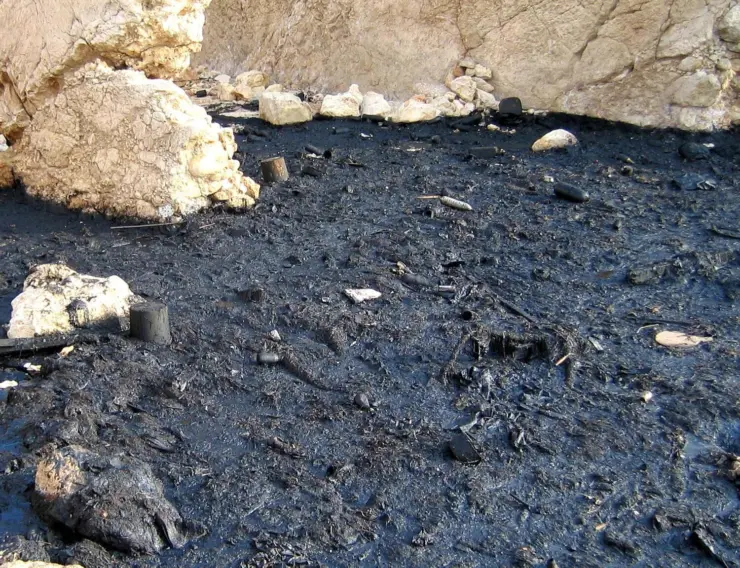
The Impacts of Contaminated Soil
Contaminated soil can significantly harm the ecosystem. In addition, building on contaminated soil will cost contractors and developers time and money.
- Direct contact with contaminated soil or vapors from the contaminants and contamination of the water supply can harm human and animal health.
- Soil remediation in construction can lead to expensive and time-consuming problems for the construction team. There will be time setbacks while you identify and classify the contaminated area. Adequate soil contamination treatment methods require safe, compliant, and costly handling of toxic-harmful materials. To avoid potential harm to the ecosystem, building, and future occupants, the building team, including an environmental contractor, should apply soil reclamation techniques according to best practice guidelines, like those published by the EPA.
Federal Regulation of Soil Contamination
The U.S. Environmental Protection Agency (EPA) and other agencies regulate contamination levels to protect the environment. In 1980, the government established the Comprehensive Environmental Response, Compensation, and Liability Act (Superfund) to deal with abandoned hazardous waste sites. The Superfund provides a way for the EPA to find those responsible for the contamination (potentially responsible parties (PRP)) and requires them to clean up the polluted soil or pay the clean-up costs. The EPA can seek up to $37,500 a day in penalties if the responsible parties do not clean up the contamination.
What Are Remediation Techniques?
Remediation techniques for contaminated soils generally occur after a desktop study, soil testing, and clean-up.
For the desk study, the site history is studied in order to establish the need to investigate the contamination. Once showing contamination, a trail pits and borehole investigation will determine the nature and level of contamination. The data collected during the site investigation will help determine the best types of remediation methods, applicable environmental regulations, clean-up standards, legal and financial details, and the property’s end-use after remediation. Ultimately, soil remedy selection will focus on minimizing the potential environmental and human health risks.
What is Soil Treatment?
The methods of cleaning contaminated soil fall into three categories, each with specialized technologies and methods: in-situ (in-place), ex-situ (out of the ground on-site), and off-site treatment. Sites with multiple contaminants and complicated waste issues may require a combination of the three categories to complete the process of remediation.
In-Situ, Ex-Situ, and Off-Site Soil Remediation
In-situ and ex-situ utilize some of the same site remediation technologies for treating contaminants, including physical, chemical, bioremediation, and thermal treatments.
- In-situ methods apply remediation techniques directly to the soil without removing it from its location. In-situ methods typically cost less and reduce long-term liabilities associated with off-site disposal.
- Ex-situ remediation requires a careful excavation of the contaminated soil, to minimize the spread of contamination, then applying the appropriate treatment methods. Excavating and treating the contaminated soil reduces the contaminant levels, to decrease the disposal costs and improve the re-use options for the treated soil.
Off-site Soil Remediation
The third option for soil remediation involves transporting the waste to an off-site commercial remediation waste treatment facility. These hazardous waste treatment facilities can treat large volumes of waste and provide secure disposal, minimizing their customer’s long-term liabilities.
Types of Soil Remediation Treatment Methods
Treatments for contaminated soil include biological, chemical, and physical methods, depending on the chemicals present in the soil and the extent of the contamination.
Biological Treatment (Bioremediation)
Bioremediation uses living microorganisms, like bacteria and fungi, to break down organic pollutants in the soil.
- In-situ techniques use specific bacteria to break down the contamination or plants that can accumulate the contaminates.
- Ex-situ techniques use slurries or solids to treat contaminated soil.
Generally, bioremediation projects cost less than other techniques; however, it can take months or even years to finish the treatment process.
Chemical Treatments
Chemical treatments, like soil stabilization, use reduction and oxidation to convert contaminated soils into non-hazardous soils.
- Stabilization involves mixing reagents to chemically reduce the toxicity and mobility of contaminants in soil, often creating a dry solid when the process is complete.
- Chemical oxidation applies dry and liquid reagents to the soil using specialized equipment, pump, and treat systems or direct injection. The process converts contaminates into more stable, less toxic compounds using chemical reactions.
Physical Treatments
Physical treatments include encapsulation, soil washing, and thermal desorption:
Encapsulation
Encapsulation of contaminated soil stops the pollutants from spreading by covering the contaminant source with layers of concrete, lime, clay caps, or synthetic textiles, to limit the leaching and migration of contaminants away from the isolated zone.
However, you can never use encapsulated soil to grow anything; therefore is considered a last resort as a soil remediation technique.
Soil Washing
Soil washing uses surfactants and water to remove contaminants from the soil by either suspending or dissolving pollutants in the wash solution, separating the soil by particle size.
Thermal Desorption
Thermal desorption soil remediation utilizes heat to increase the volatility of contaminants, so they separate from the soil. The volatilized contaminants are then either thermally destroyed or collected. The two primary components of a thermal desorption system consist of two main processes:
- The desorption unit heats the contaminated soil to the contaminants’ boiling point to vaporize the contaminants.
- The volatilized contaminants then get pumped into the second part of the process that destroys the vapor by thermal oxidizer, or condenses it in a vapor recovery unit (VRU).
How Long Does Soil Remediation Take?
The amount of contamination in the soil significantly affects how long it takes for soil remediation. It can take anywhere from one day to several years to exact the contaminated soil, depending on the area and depth of the contaminated area, as well if it is below the water table.
The Cost to Remediate Soil?
The unique nature of each soil clean-up project affects the choice of remediation and cost. If you suspect contaminated soil, Polyguard recommends hiring an experienced environmental contractor to manage the clean-up. They can provide licensed equipment and vehicles to transport contaminated materials to an accredited transfer station for decontamination. They can also handle the mandatory licensing and permit requirements. Performing environmental remediation correctly the first time will save money and time, now and in the future.
We also recommend choosing building products that protect new structures from dangerous soil contaminants, like our Polyguard below-grade membranes and drainage boards for foundation walls.
Impact of Contaminated Soil on Foundations
Moisture in the soil may contain pollutants like chlorides, sulfates, and magnesium ions that can deteriorate a concrete foundation. Therefore, maintaining a foundation’s long-term integrity requires applying a below-grade foundation barrier and drainage board to protect the foundation from water pressure that can crack the concrete. These cracks provide paths for contaminated groundwater and soil vapors to enter the foundation which can lead to expensive repairs and maintenance.
Applying a high-quality, below-grade waterproofing membrane and drainage board, like Polyguard below-grade chemical resistant membranes and drainage board for foundation walls, can help prevent polluted water and harmful contaminants from entering the foundation.
Polyguard Chemical-Resistant Membranes
Polyguard’s pre-applied and post-applied foundation chemical-resistant waterproofing membranes protect, in the harshest conditions, against chemicals, liquid, and vapor water infiltration into the concrete foundation or slab by hydrostatic pressures and capillary action. Our products include sheet and fluid applied products and drainage systems.
UNDERSEAL® CRM™
85-mil Underseal® CRM™ provides a proven solution for resisting high concentrations of soil, water, and vapor contaminants for walls requiring chemical resistance.
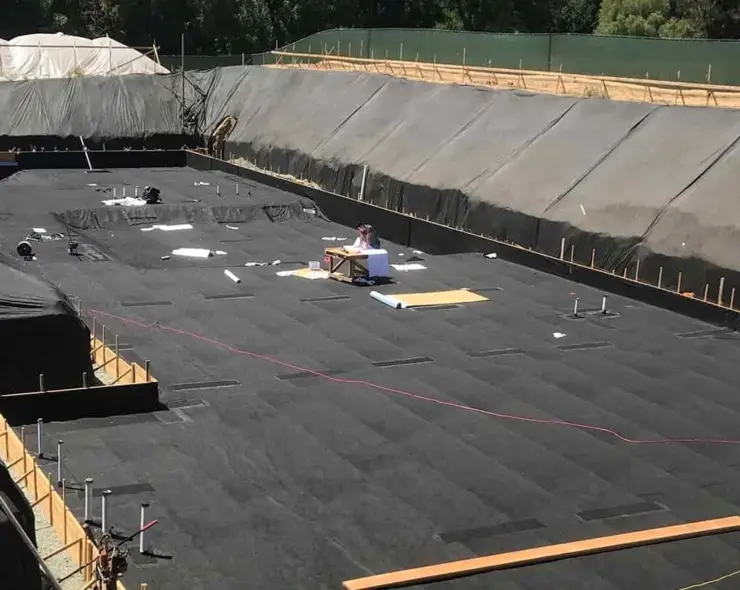
Strong, pre-applied Underslab sheet membrane contains a multi-component, chemical-resistant backing laminated to a coating of waterproofing adhesive mixture and integrated, nonwoven geotextile fabric. Underseal® CRM™ installs horizontally, to provide a continuous seal underneath the concrete slab. In addition, you can apply it behind vertical “blindside” cast-in-place concrete wall systems.
Polyflow® Drainage Products
High-capacity, lightweight Polyflow® Drainage products offer solutions to lightweight drainage, and are compatible with our engineered sheet and liquid membrane materials. Our easy-to-install products reduce excavation needs, saving money and time.
Polyflow® Drainage Mats
Installing Polyflow® 15, 15P, 10, and 10P Sheet Molded Drainage Mats vertically over Polyguard waterproofing membranes directs moisture into the drain core and restricts soil particle movement that can block the core. In addition, our Polyflow® drainage mats diminish hydrostatic pressure when connected to our high-capacity collector and outlet drainage system, Totalflow™.
Polyflow® 18 DRAINAGE MAT
The design of our high-capacity Polyflow 18 provides a lightweight drainage system compatible with our below-grade engineered sheet and membrane products.
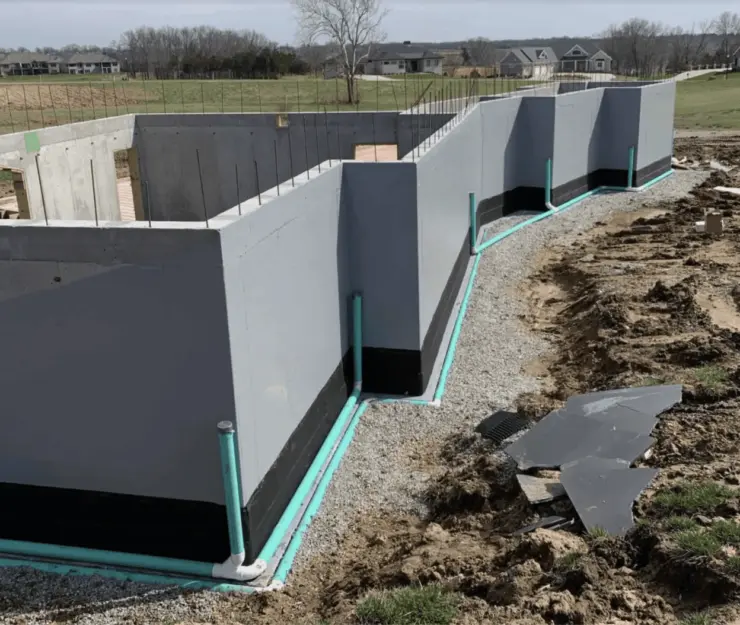
Simple to install, lightweight Polyflow® 18 drainage mat offers a compressive strength of 21,000 psf, that is capable of handling complex horizontal applications. In addition, this product uses a woven filter fabric specifically for concrete pours to permit flow under loaded conditions.
Protect Your Foundation with Polyguard
For more on soil remediation techniques for restoring contaminated soil and protecting your foundation from harmful pollutants, don’t hesitate to contact the Polyguard® professionals today.
